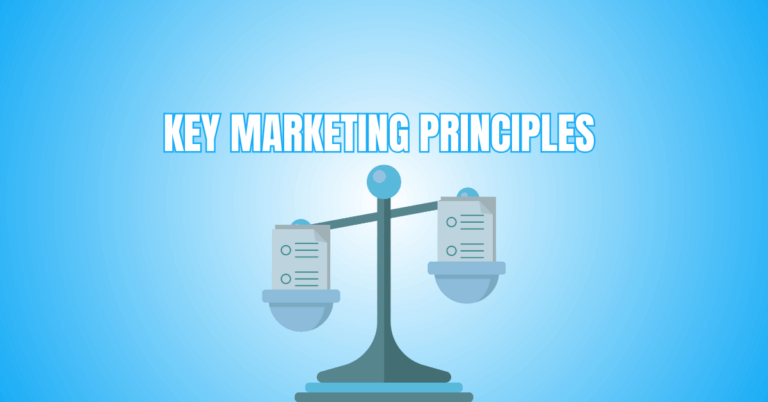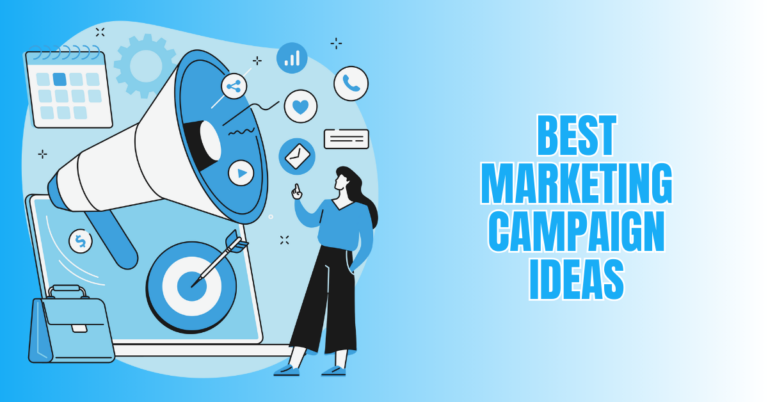Brand Positioning Examples
Brand Positioning Examples: How Top Brands Dominate Their Markets
Top brands dominate their markets through innovative strategies, consistent quality, and strong customer loyalty. These companies build powerful reputations and long-lasting relationships with consumers by leveraging cutting-edge marketing techniques, embracing technological advancements, and staying ahead of trends.
Their achievement stems from a deep understanding of market demands, efficient supply chains, and compelling brand positioning, allowing them to outpace competitors and establish dominance in their respective industries.
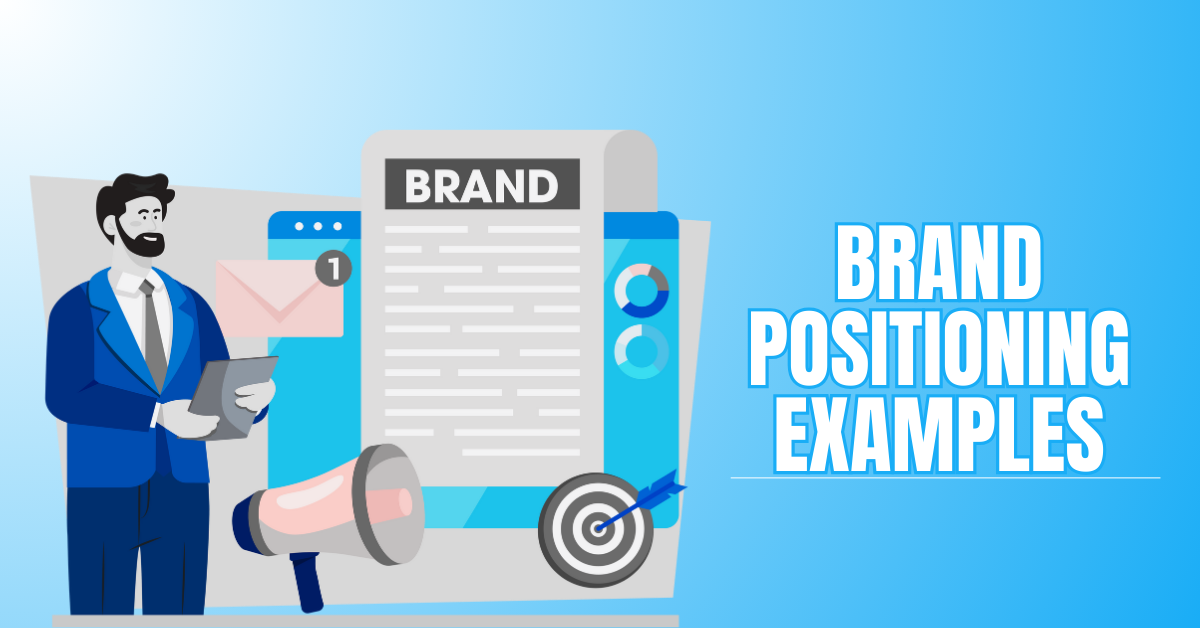
What Is Brand Positioning?
Brand positioning is the tactical approach to defining a brand's unique identity in the market. It focuses on differentiating the brand from competitors by highlighting its distinct features, values, and benefits.
A strong brand position helps consumers understand its purpose, making it memorable and fostering more profound connections.
The key components of brand positioning examples include understanding the target audience, analyzing market needs, and articulating a clear value proposition.
This process ensures the brand stands out by effectively communicating its unique selling points and solving customer pain points. A well-crafted positioning strategy builds trust and loyalty by resonating with consumer emotions and desires.
Effective brand positioning helps increase brand recognition and consumer trust. By differentiating itself in a competitive marketplace, a brand can command a premium price and attract a loyal customer base.
A unified brand message across different marketing channels enhances its significance and fosters connections with consumers, guaranteeing.
Brand Positioning Examples
Brand positioning is how a company differentiates itself in the market and establishes a unique identity in the minds of consumers. Here are some well-known brand positioning examples:

1. Apple – Innovation & Premium Experience
Positioning
Apple is a premium, innovative, and user-friendly technology brand.
Tagline: Think Different.
How It's Achieved
Apple dominates the market through innovation, premium design, and a seamless ecosystem. Apple, established in 1976 by Steve Jobs, Steve Wozniak, and Ronald Wayne, transformed technology like the Macintosh, iPod, iPhone, and MacBook.
Today, it leads in smartphones, laptops, and wearables, offering cutting-edge features and a user-friendly experience. Its ecosystem—iPhones, iPads, MacBooks, Apple Watch, and services like iCloud—ensures customer loyalty.
With a strong global presence, Apple continues pushing technological boundaries, maintaining its status as a premium and innovative brand.
2. Tesla – Sustainability & High-Performance
Positioning
Tesla is a leader in sustainable, high-performance electric vehicles.
Tagline: Accelerating the world's transition to sustainable energy.
How It's Achieved
Tesla, established in 2003 by Martin Eberhard and Marc Tarpenning, gained global fame under Elon Musk. It revolutionized the auto industry with high-performance electric vehicles (EVs) and autonomous driving technology. Tesla's Gigafactories enhance production efficiency, while its Supercharger network expands accessibility.
Want to Start Making Money Online?
Try My #1 Recommendation Program!
Today, Tesla dominates the EV market, with models like the Model S, 3, X, and Y. Advancements in AI-driven self-driving technology and battery innovation reinforce its position as a sustainability and automotive excellence leader.
3. Nike – Empowerment & Performance
Positioning
Nike is positioned as a brand that inspires and empowers athletes and active people.
Tagline: Just Do It.
How It's Achieved
In 1964, Phil Knight and Bill Bowerman made Nike a Blue Ribbon Sports. Nike revolutionized sportswear with brand positioning examples in innovation, performance, and inspiration.
It gained prominence with designs like Air Max and Flyknit and athlete endorsements from Michael Jordan to Serena Williams.
Nike's marketing fosters empowerment and resonates globally. Dominating athletic apparel, it leverages digital innovations, e-commerce, and sustainability.
By continuously evolving in footwear technology and immersive shopping, Nike remains the world's leading sports brand, driving motivation and excellence.
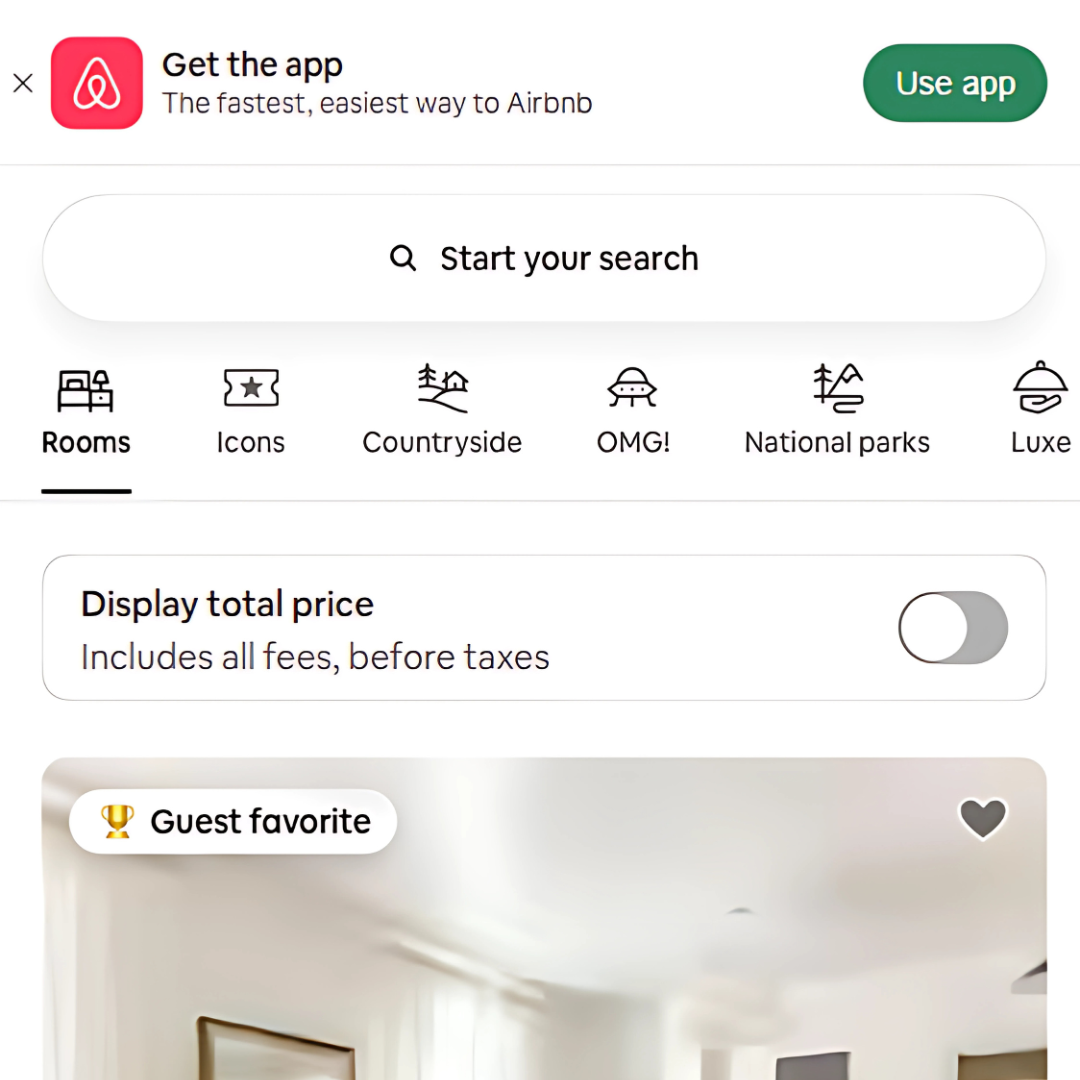
4. Airbnb – Belonging & Unique Travel Experiences
Positioning
Airbnb is an alternative to traditional hotels, offering unique and personalized travel experiences.
Tagline: Belong Anywhere.
How It's Achieved
Launched in 2008 by Brian Chesky, Nathan Blecharczyk, and Joe Gebbia, Airbnb redefined hospitality. It offers travellers unique, home-like stays while connecting them with local experiences.
By leveraging trust-based reviews and personalized recommendations, Airbnb became a global alternative to hotels. Today, it leads the short-term rental market, expanding into premium stays, long-term rentals, and travel experiences.
Despite regulatory challenges, Airbnb remains a top choice for travellers seeking affordability, personalization, and community-driven travel experiences in more than 220 countries.
5. Coca-Cola – Happiness & Togetherness
Positioning
Coca-Cola is a brand that brings happiness and connects people.
Tagline: Open Happiness.
How It's Achieved
Founded in 1886 by John Stith Pemberton, Coca-Cola became a global icon through strategic branding and mass distribution.
It pioneered emotional marketing, associating its brand with happiness, nostalgia, and shared experiences. Today, Coca-Cola dominates the beverage industry, offering various drinks, including Diet Coke, Fanta, and Smartwater.
Want to Find Out How To Start Your Home-Based Business?
Try My #1 Recommendation Platform!
With strong digital marketing, sustainability initiatives, and global sponsorships, Coca-Cola remains a household name in over 200 countries. It continuously evolves to meet consumer preferences and maintain its international appeal.
6. Samsung – Cutting-Edge Innovation & Accessibility
Positioning
A technology brand offering high-quality, innovative products at different cost points to cater to customer needs.
Tagline: Do What You Can't.
How It's Achieved
Samsung, known for its strong brand positioning examples in innovation and technology, began as a trading company in 1938 before entering electronics in the 1960s.
It pioneered advancements like foldable screens and 5G connectivity, excelling in smartphones, TVs, and home appliances.
Competing with Apple, Samsung offers both premium and budget-friendly devices worldwide. Dominating semiconductor manufacturing, AI, and smart home technology, it leverages R&D investment and a robust global supply chain to stay at the forefront of consumer electronics.
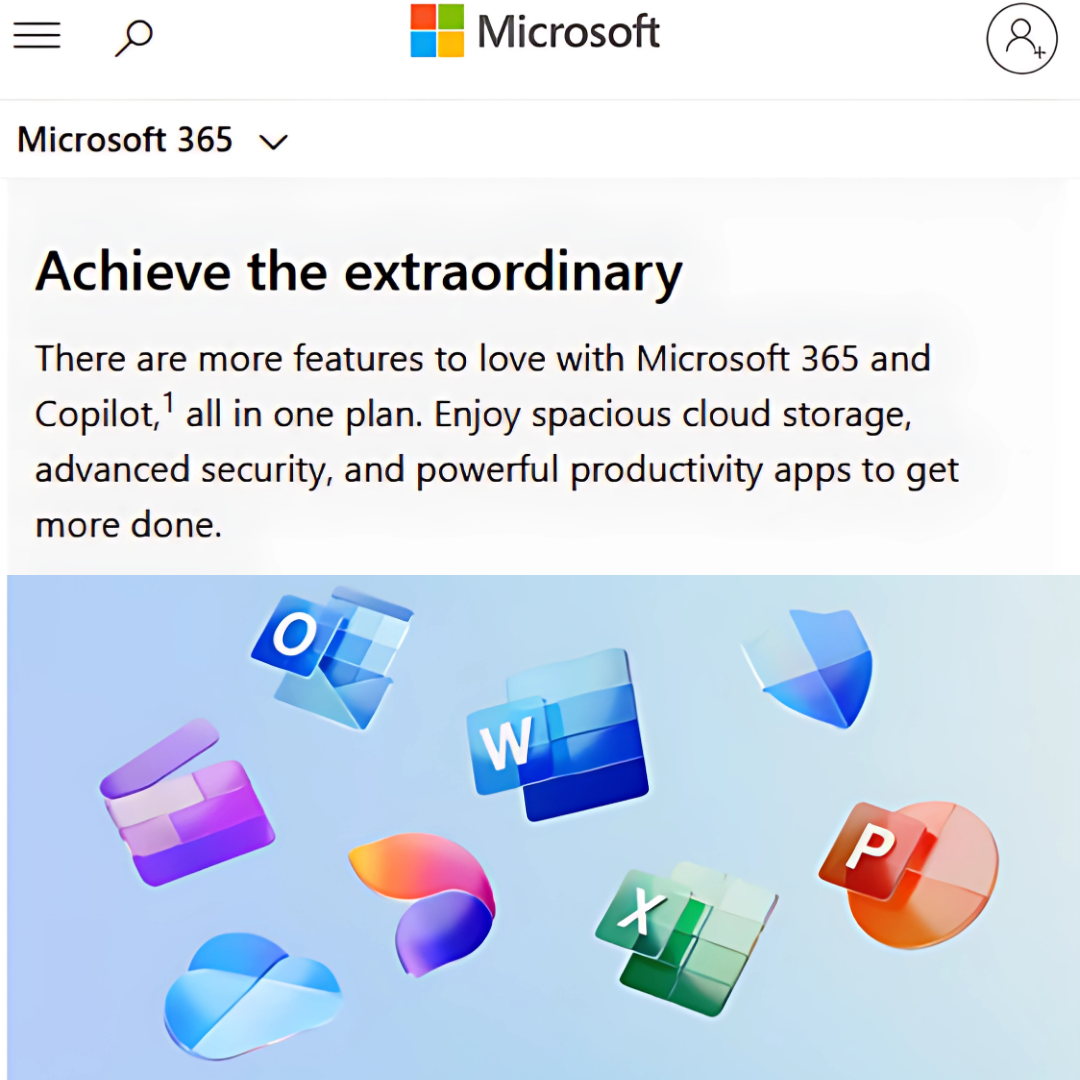
7. Microsoft – Productivity & Business Solutions
Positioning
A trusted provider of business and personal productivity tools.
Tagline: Enabling every individual and organization worldwide to accomplish more.
How It's Achieved
Bill Gates and Paul Allen created Microsoft. With Windows and Office software, Microsoft transformed computing. Expanding into cloud computing with Azure strengthened Microsoft's dominance in business solutions.
Today, it leads in enterprise software, cybersecurity, and AI, competing with Google and Amazon. Microsoft's acquisitions, including LinkedIn and GitHub, enhance its influence.
With strong partnerships and innovative developments in automation, collaboration tools, and AI-driven applications, Microsoft continues to drive productivity for businesses and consumers worldwide.
8. BMW – Luxury & Driving Pleasure
Positioning
A premium automobile brand that delivers the ultimate driving experience.
Tagline: The Ultimate Driving Machine.
How It's Achieved
Founded in 1916, BMW originally produced aircraft engines before transitioning to automobiles. It became renowned for luxury, performance, and precision engineering.
BMW's iconic models, including the M-Series and i-Series EVs, showcase cutting-edge innovation. Today, it competes with Mercedes-Benz and Audi, expanding into electric and autonomous vehicles.
Are You Tired Of Scams?
Want to Start Making Money Online?
BMW maintains a strong global presence, blending performance with sustainability. By continuously innovating in automotive design, digital connectivity, and electric mobility, BMW is a brand leader in luxury driving experiences.
9. Volvo – Safety & Reliability
Positioning
A car brand synonymous with safety and dependability.
Tagline: For Life.
How It's Achieved
Volvo, founded in Sweden in 1927, is known for its strong brand positioning in safety and innovation.
It built its reputation with groundbreaking features like the three-point seatbelt and leads in crash protection and family-friendly design.
Today, Volvo focuses on electrification, advanced driver-assistance systems, and autonomous driving. Competing globally, it thrives in Europe, China, and North America.
With sustainability, hybrid and electric models, and cutting-edge safety technology, Volvo remains a top choice for families and safety-conscious drivers.
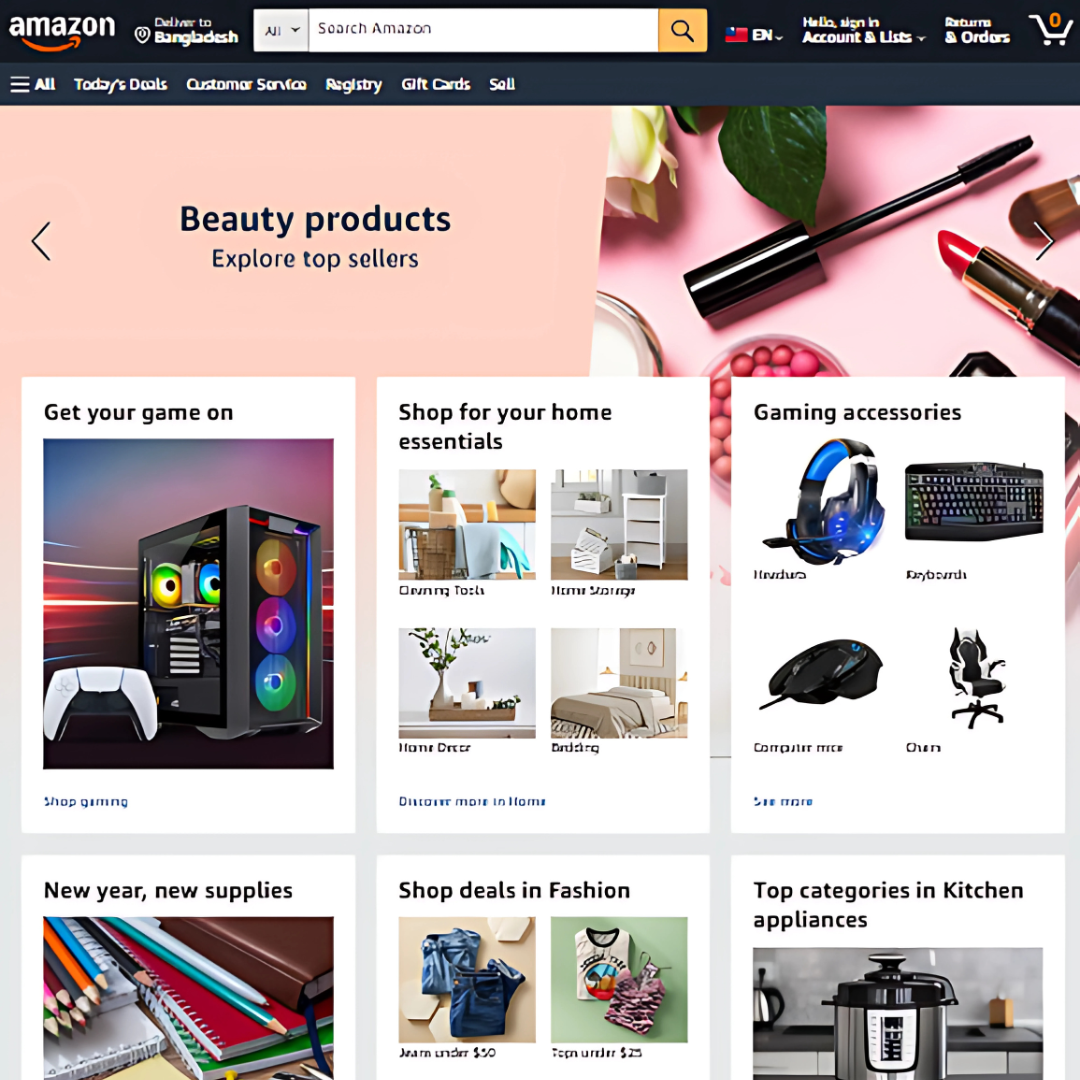
10. Amazon – Convenience & Customer-Centricity
Positioning
The go-to platform for shopping, offering convenience, fast delivery, and an extensive product range.
Tagline: Earth's most customer-centric company.
How It's Achieved
Jeff Bezos founded Amazon in 1994. It began as an online bookstore before revolutionizing e-commerce. It expanded into cloud computing (AWS), AI (Alexa), and logistics, offering seamless shopping experiences.
Today, Amazon dominates global retail, competing with Walmart and Alibaba. With innovations like Prime delivery, smart devices, and digital streaming, Amazon continuously reshapes consumer behaviour.
Its commitment to efficiency, personalization, and automation ensures ongoing market leadership, making it the go-to platform for fast, convenient, and customer-centric shopping worldwide.
11. Louis Vuitton – Prestige & Exclusivity
Positioning
A luxury fashion brand that represents status and high fashion.
Tagline: L’Art de Vivre (The Art of Living).
How It's Achieved
Louis Vuitton was founded in 1854 by Louis Vuitton. The brand became a symbol of craftsmanship and luxury. It built an elite image through handmade leather goods, exclusivity, and premium pricing.
Today, Louis Vuitton leads the luxury market under LVMH, expanding into fragrances, watches, and high fashion. Limited product availability and celebrity endorsements maintain its status.
Want To Learn How To Create Your Own Website And Online Business?
Try My #1 Recommendation Training And Hosting Platform!
By blending tradition with digital innovation, Louis Vuitton continues to appeal to high-net-worth consumers, solidifying its reputation as the ultimate luxury brand worldwide.
12. Starbucks – Premium Coffee & Community Experience
Positioning
A coffee brand that delivers a high-end café experience and personal connection.
Tagline: Inspiring and nurturing the human spirit – one person, one cup, and one neighbourhood at a time.
How It's Achieved
With strong brand positioning examples in quality and experience, Starbucks was founded in Seattle in 1971 and transformed coffee culture with specialty drinks and a premium café atmosphere.
Expanding globally, it emphasizes quality, ambiance, and customer loyalty. Starbucks leverages digital ordering, sustainability, and personalized rewards to dominate the coffeehouse market.
Competing with Dunkin' and independent cafés, it maintains a strong identity. Starbucks reinforces its reputation as a leading coffee brand and community hub through plant-based options, mobile innovation, and ethical sourcing.
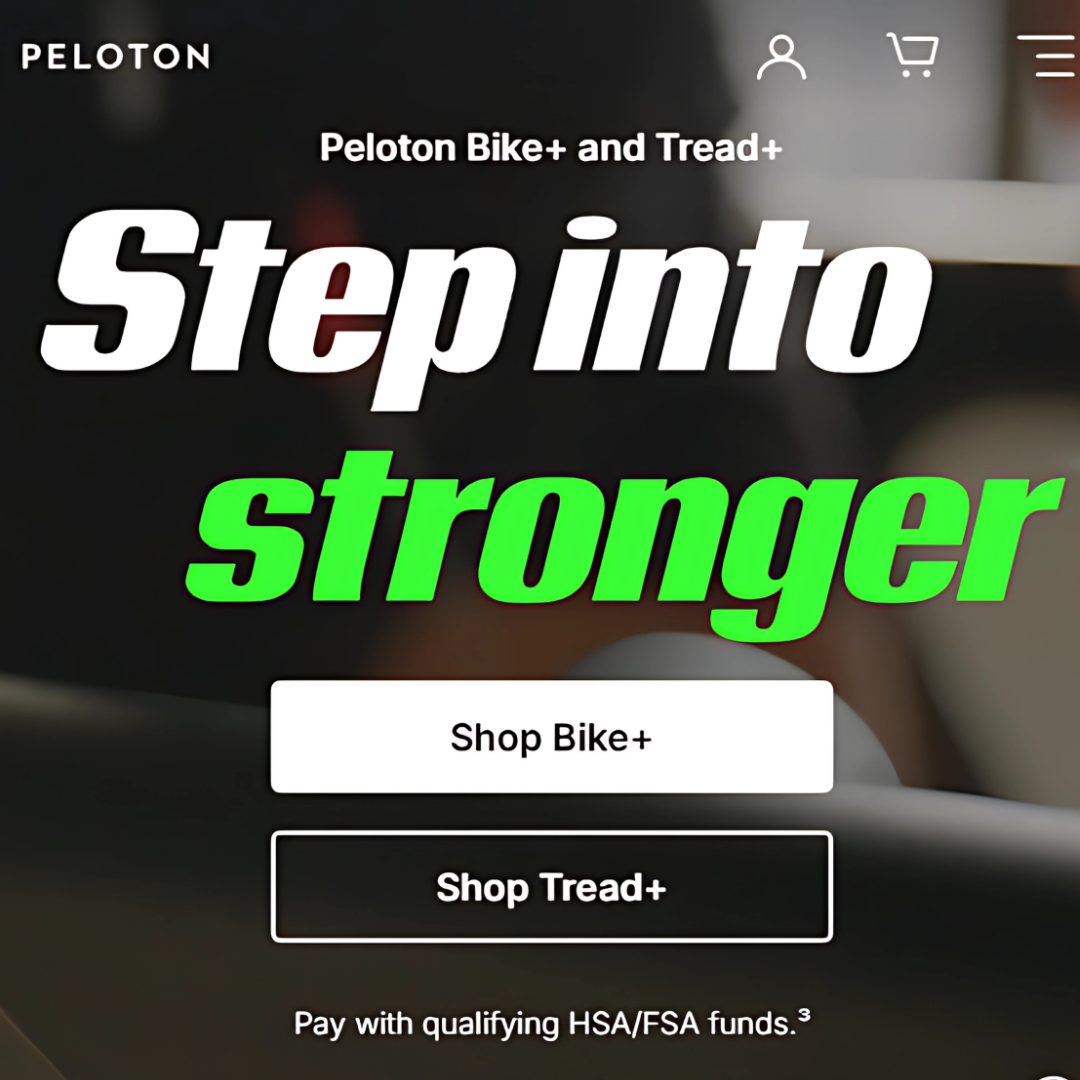
13. Peloton – Premium At-Home Fitness
Positioning
A fitness brand that delivers an interactive, high-end home workout experience.
Tagline: Motivation that moves you.
How It's Achieved
Peleton was founded in 2012. Peloton revolutionized home fitness by combining high-tech stationary bikes with live and on-demand workout classes.
Its interactive platform fosters community engagement, motivating users through instructor-led sessions. Today, Peloton competes with traditional gyms and fitness apps, expanding into treadmills, rowing machines, and digital fitness subscriptions.
Despite challenges in hardware sales, Peloton's brand remains strong, leveraging innovation, exclusive content, and an engaged fitness community to maintain its premium status in the evolving home workout industry.
14. American Express – Elite Financial Services
Positioning
A financial services company known for premium credit cards and superior customer service.
Tagline: Don't Leave Home Without It.
How It's Achieved
The Express Mail Business was started in 1850 as American Express, which evolved into a premier financial services company.
It built a reputation for exclusive benefits, superior customer service, and high-status credit cards. Today, Amex dominates the premium card market, competing with Visa and Mastercard through perks like travel rewards and concierge services.
Focusing on affluent customers and businesses, Amex continues innovating digital banking solutions, expanding global partnerships, and maintaining its elite positioning in the financial services industry.
15. Geico – Affordable & Simple Insurance
Positioning
An insurance company focused on affordability and ease of use.
Tagline: Save 15% or more on car insurance in 15 minutes.
How It's Achieved
Geico, recognized for its strong brand positioning regarding affordability and convenience, began in 1936 by serving government employees before expanding into one of America's largest auto insurers.
It gained popularity through competitive pricing, direct-to-consumer sales, and humorous advertising featuring the Geico Gecko.
Today, Geico leverages AI-driven claims processing and digital tools for seamless service. Competing with Progressive and State Farm, its focus on efficiency, digital innovation, and memorable marketing strengthens its industry presence and attracts millions of policyholders.
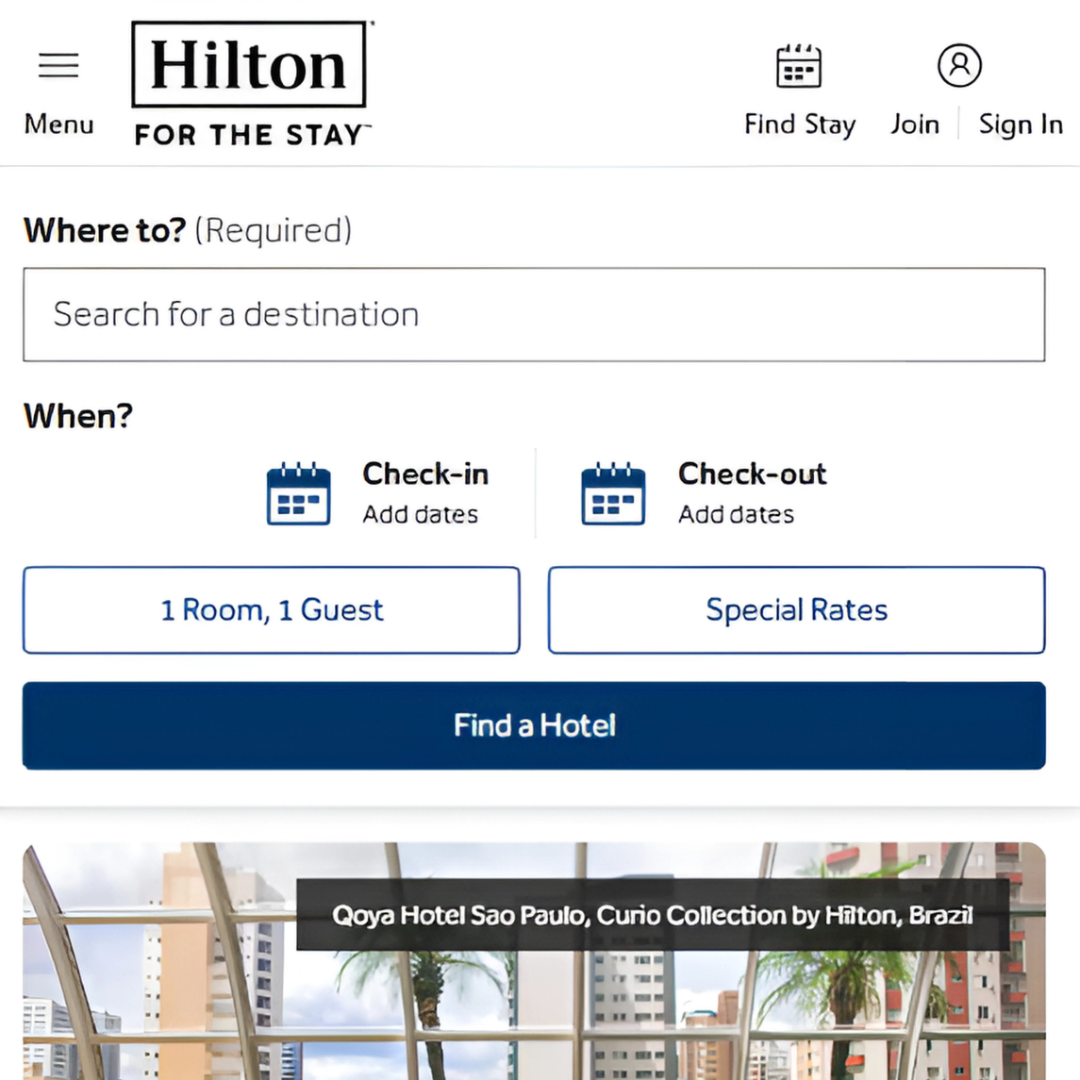
16. Hilton – Comfort & Business Travel Excellence
Positioning
A hotel brand known for reliability, comfort, and business-friendly amenities.
Tagline: For the Stay.
How It's Achieved
Hilton, a top-class hotel, was founded in 1919 by Conrad Hilton. Hilton Hotels became synonymous with hospitality excellence.
It pioneered innovations like airport hotels and loyalty programs, setting industry standards. Today, Hilton operates over 7,000 properties worldwide, offering luxury, mid-tier, and budget-friendly options.
Competing with Marriott and Hyatt, Hilton excels through its Hilton Honors program, sustainability efforts, and digital check-in services.
By prioritizing guest experience, consistency, and global expansion, Hilton remains a preferred choice for business and leisure travellers.
17. Emirates – Luxury & World-Class Service
Positioning
A premium airline offering luxury travel experiences.
Tagline: Fly Better.
How It's Achieved
Founded in 1985, Emirates quickly established itself as a premier airline, offering luxury travel experiences. It gained global recognition through high-end amenities, spacious cabins, and top-tier service.
Today, Emirates leads in international air travel, competing with Qatar Airways and Singapore Airlines. With a modern fleet, extensive route network, and premium offerings like the A380 first-class suites, Emirates remains a symbol of luxury aviation.
By focusing on superior service, innovation, and customer satisfaction, Emirates continues to dominate the premium travel market.
Brand Positioning Strategy
A brand positioning strategy defines how your brand differentiates and connects with your target audience. Brand positioning examples, strategic messaging, and competitive analysis ensure strong market presence and engagement.
1. Define Your Brand Identity
Clarify your brand's mission, vision, and core values to establish a strong foundation. Your mission defines what your brand stands for, while your vision outlines where it's headed.
Core values shape the brand's personality, whether professional, playful, innovative, or eco-conscious, helping guide decision-making and actions.
2. Identify Your Target Audience
Understanding your ideal customers is crucial for effective branding. Identify their pain points, needs, and desires to tailor your messaging.
Learn how they make purchasing decisions, whether it's based on price, quality, or experience, so you can align your offerings and engage them meaningfully with relevant solutions.
3. Analyze The Competition
Study your key competitors to understand their positioning, strengths, and weaknesses. Recognize opportunities or gaps in the market that you can leverage to differentiate your brand.
By evaluating their approaches, you can pinpoint where your brand can stand out and deliver something more valuable to your target audience.
4. Develop Your Unique Value Proposition (UVP)
Your UVP distinguishes your brand from competitors. Define what makes your brand unique, such as product, customer service, or innovation.
A compelling, customer-focused UVP communicates why customers should choose your brand over others, helping you stand out and attract loyalty.
5. Choose A Positioning Strategy
Select a positioning strategy that aligns with your brand's values and brand. Whether competing on affordability (Walmart), quality (Apple), a niche market (Lush), customer experience (Disney), or innovation (Tesla), ensure the strategy communicates your brand's unique brand value with your target audience to foster strong brand recognition.
6. Align Your Marketing & Visual Identity
Consistency is vital for creating a robust brand identity. Ensure your logo, colours, typography, website, and social media align to create a cohesive customer experience.
Use storytelling to form emotional connections with your audience, further reinforcing your brand message and strengthening customer loyalty.
7. Reinforce Through Customer Experience
Deliver your brand promises by ensuring high-quality customer service and engagement. When customers feel valued, they become advocates for your brand.
Encourage reviews and referrals by consistently providing an excellent experience, which fosters trust and strengthens long-term relationships, turning satisfied customers into loyal brand ambassadors.
8. Monitor & Adapt
Monitor essential performance metrics, like brand awareness, customer perception, and sales, to assess the success of your branding efforts.
Regularly review feedback, market trends, and performance data to adjust your strategy. Adapting based on these insights ensures your brand remains relevant and continues to meet your target audience's evolving audience.
Conclusion
In conclusion, top brands dominate by leveraging innovation, strong brand positioning examples, and customer loyalty.
They create unique value through quality, affordability, or emotional connection. They outpace competitors by evolving with trends, investing in technology, and maintaining a strong identity.
Whether through luxury, convenience, or sustainability, these brands set industry standards, ensuring long-term success and market leadership in a dynamic global economy.
I trust you enjoyed this article about Brand Positioning Examples: How Top Brands Dominate Their Markets. Please stay tuned for more articles. Take care!
JeannetteZ
Want to Learn How to Build Your Own Home-Based Online Business And Start Making Money Online From Your Comfortable Couch?
Try Wealthy Affiliate!
Your Opinion Is Important To Me
Do you have thoughts, ideas, or questions? I would love to hear from you. Please leave me your questions, experiences, remarks, and suggestions about the Brand Positioning Examples: How Top Brands Dominate Their Markets in the comments below. You can also email me at Jeannette@WorkFromAnywhereInTheWorld.com.
Disclosure
This post may contain affiliate links. I earn from qualifying purchases as an Amazon Associate and other affiliate programs. Please read my full affiliate disclosure.
You may also enjoy the following articles:
Wealthy Affiliate Coupons For Premium Memberships
Wealthy Affiliate Review – Scam or Legit? The Truth Exposed
An Insider Wealthy Affiliate Review
Video Marketing Trends That Will Skyrocket Your Success
Brilliant Guerrilla Marketing Ideas That Drive Success



